1. The Cat Village of Houtong, Taiwan
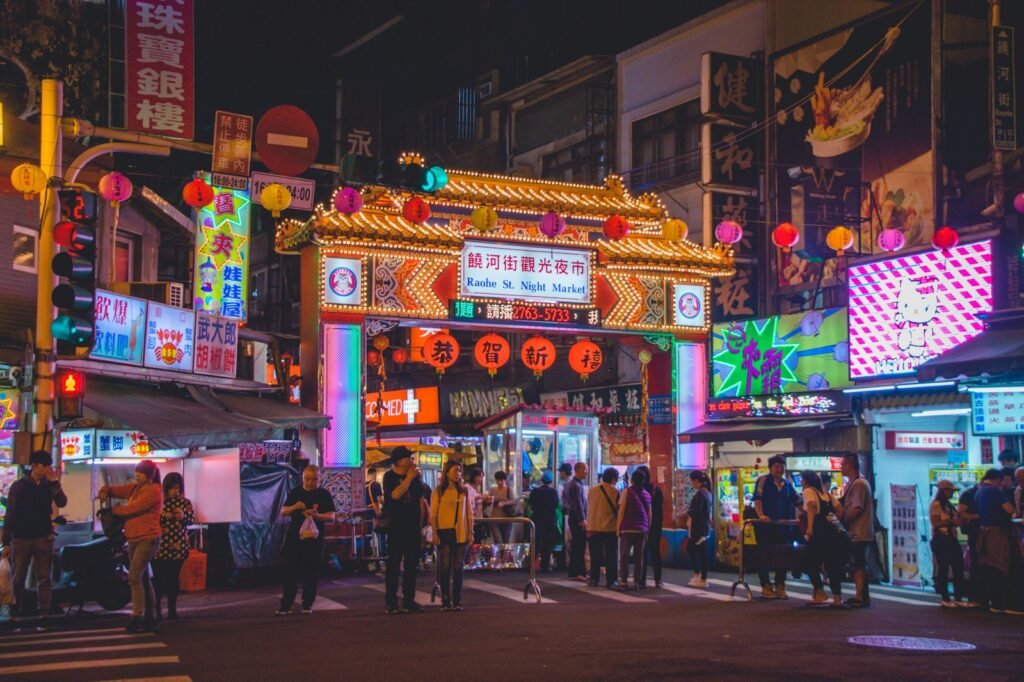
Located in the northern part of Taiwan, Houtong was once a bustling coal mining town. Today, it is better known as a haven for cat lovers. This transformation began when cat enthusiasts started adopting the numerous stray cats in the area, leading Houtong to become a tourist hotspot. Visitors can enjoy the delightful sight of cats lounging on roofs, bridges, and in the local railway station. The village merges feline charm with its rich mining history, offering museums, cat-themed stores, and scenic views of the surrounding landscapes.
2. The Cat Statue of Kuching, Malaysia

Kuching, often referred to as “Cat City,” is home to numerous cat statues, the most famous of which is a large, welcoming cat statue situated at the entrance of the city. The origin of Kuching’s association with cats is uncertain, but it might be related to the city’s name since “kucing” means cat in Malay. Tourists can also explore the Cat Museum, dedicated entirely to feline art, culture, and history, adding an educational layer to this unique cat-centric city.
3. Tashirojima: Japan’s Cat Island

Tashirojima, commonly known as “Cat Island,” is one of Japan’s most famous cat attractions. The feline population on this small island significantly outnumbers human residents, thanks to a local belief that feeding them brings good luck and fortune. Visitors can explore the island’s two villages, home to cat-inspired lodgings and shrines, making it a perfect destination for those who appreciate cats and traditional Japanese culture.
4. Aoshima: Another Feline-Focused Japanese Island

Aoshima is another celebrated “Cat Island” in Japan where cats roam freely. This small island in the Ehime Prefecture became famous due to its media exposure highlighting the dense cat population. Originally introduced to combat mice on fishing boats, the cat community has thrived over decades. With minimal permanent human residency, Aoshima attracts tourists looking to immerse themselves in an unprecedented feline experience amidst its serene coastal environment.
5. The Ernest Hemingway Home and Museum, Key West, Florida

Alongside its rich literary history, the Ernest Hemingway Home and Museum in Key West is renowned for its resident polydactyl cats, descendants of Hemingway’s own six-toed feline companion. These special cats are a celebrated part of the museum’s charm, and visitors often find them lounging amidst the lush gardens and historic rooms. The museum offers a fascinating glimpse into Hemingway’s life, with the cats serving as living tributes to his enduring love for these animals.
6. KattenKabinet, Amsterdam
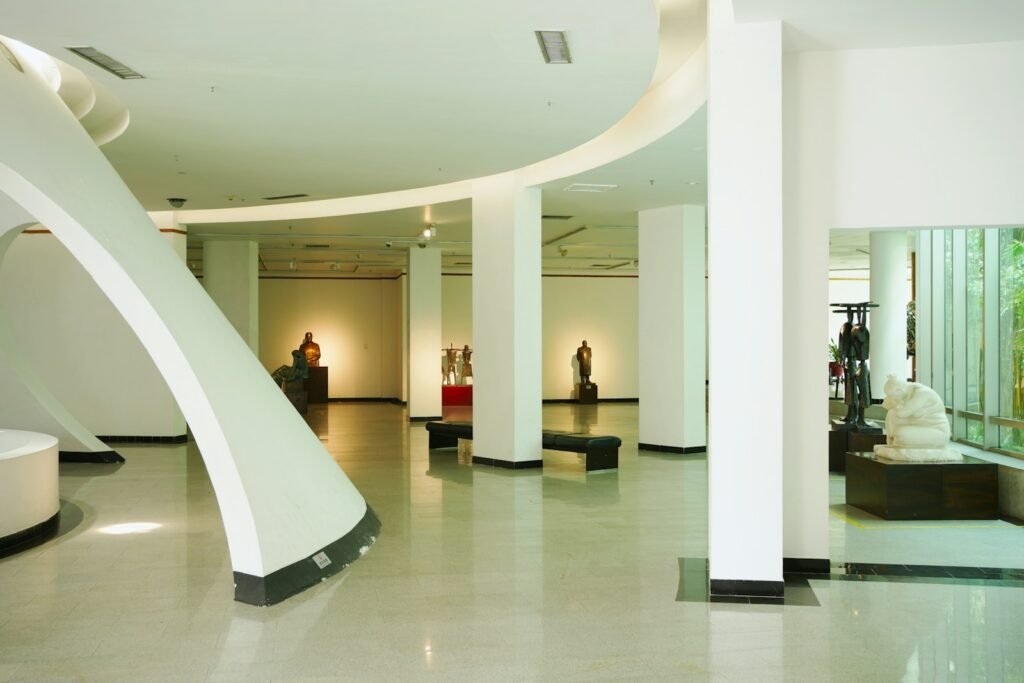
The KattenKabinet in Amsterdam is an art museum entirely dedicated to the depiction of cats throughout history. Created by Bob Meijer in memory of his cherished cat, the museum showcases an impressive collection of cat-centric artwork, including works by renowned artists like Picasso and Rembrandt. With its unique focus on feline art history, KattenKabinet enchants visitors with its curated exhibits and living feline residents that roam the halls.
7. Cats of the Hermitage Museum, St. Petersburg, Russia
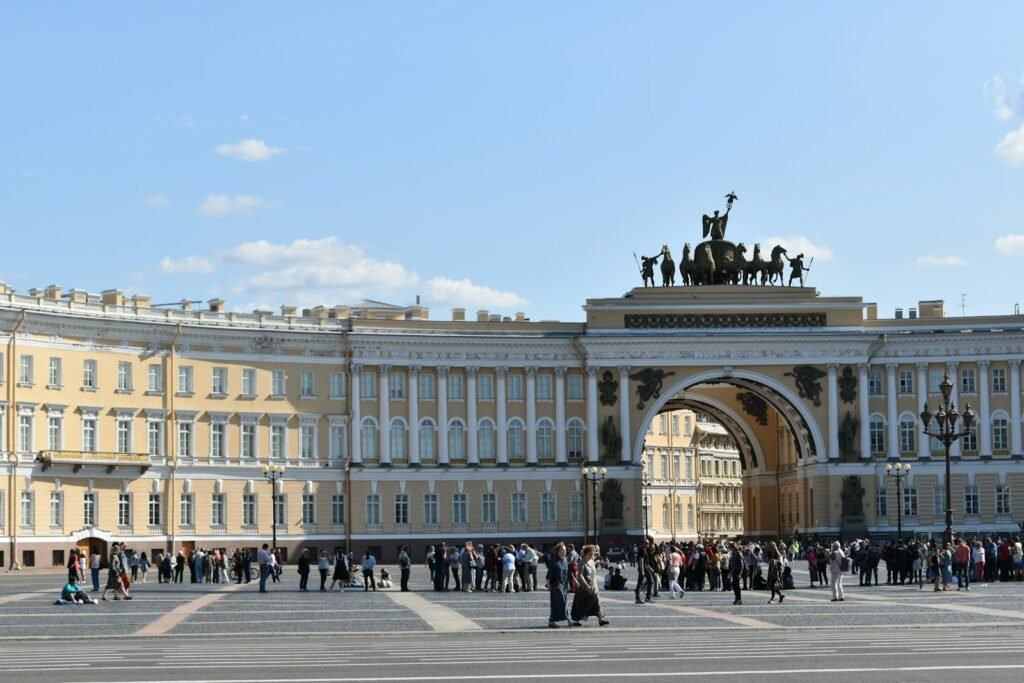
The Hermitage Museum in St. Petersburg not only houses extensive art collections but also shelters a well-loved group of cats. These feline guardians are part of a historic tradition dating back to the 18th century when Empress Elizabeth of Russia issued a decree to secure the palace from rodents with the aid of cats. Today, the Hermitage’s cat population is meticulously cared for, serving as a beloved team that preserves the museum’s treasures.
8. Montmartre’s Chat Noir, Paris, France
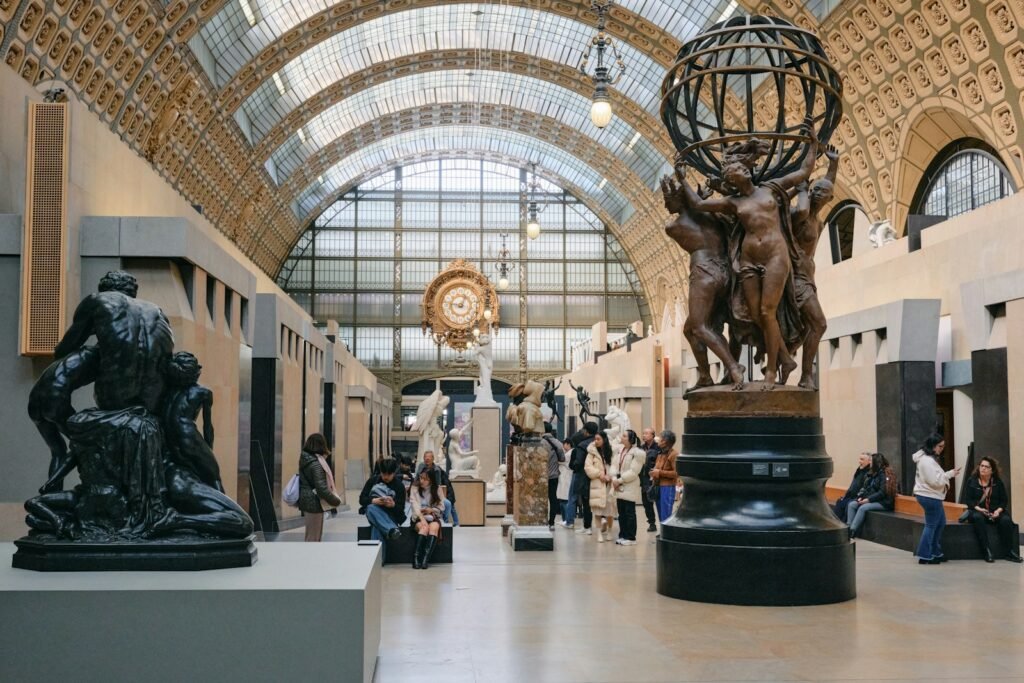
The iconic image of the black cat, Le Chat Noir, is recognized globally as a symbol of Montmartre’s bohemian and artistic spirit. Le Chat Noir was originally an entertainment venue founded in 1881, where artists and writers gathered to perform and share their work. Although the original cabaret no longer exists, its legacy endures through the iconic poster art and themed bars across Paris, celebrating the city’s artistic history and love for feline imagery.
9. Torre Argentina Cat Sanctuary, Rome, Italy
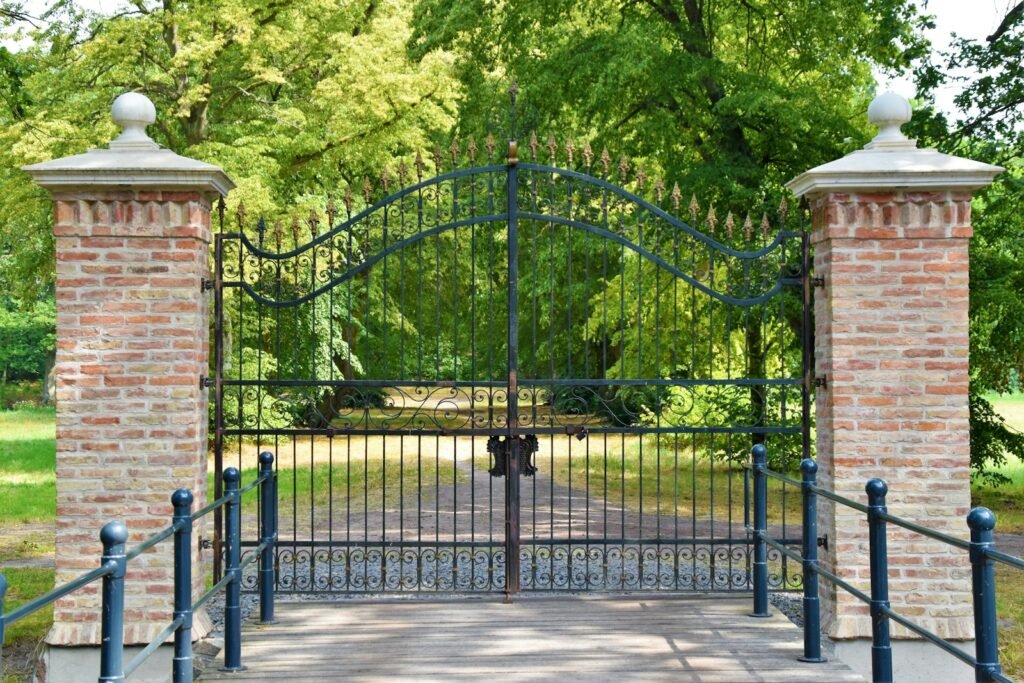
Rome’s Torre Argentina is not just an archaeological site; it is also home to a renowned cat sanctuary. Located amidst ancient ruins, this sanctuary provides shelter and care for hundreds of cats. Volunteers and local organizations manage the sanctuary, offering guided tours for visitors interested in the city’s history and its well-loved cat population. It highlights Rome’s unique blend of historical preservation and contemporary compassion for animals.
10. Gotokuji Temple: Japan’s Lucky Cat Origin
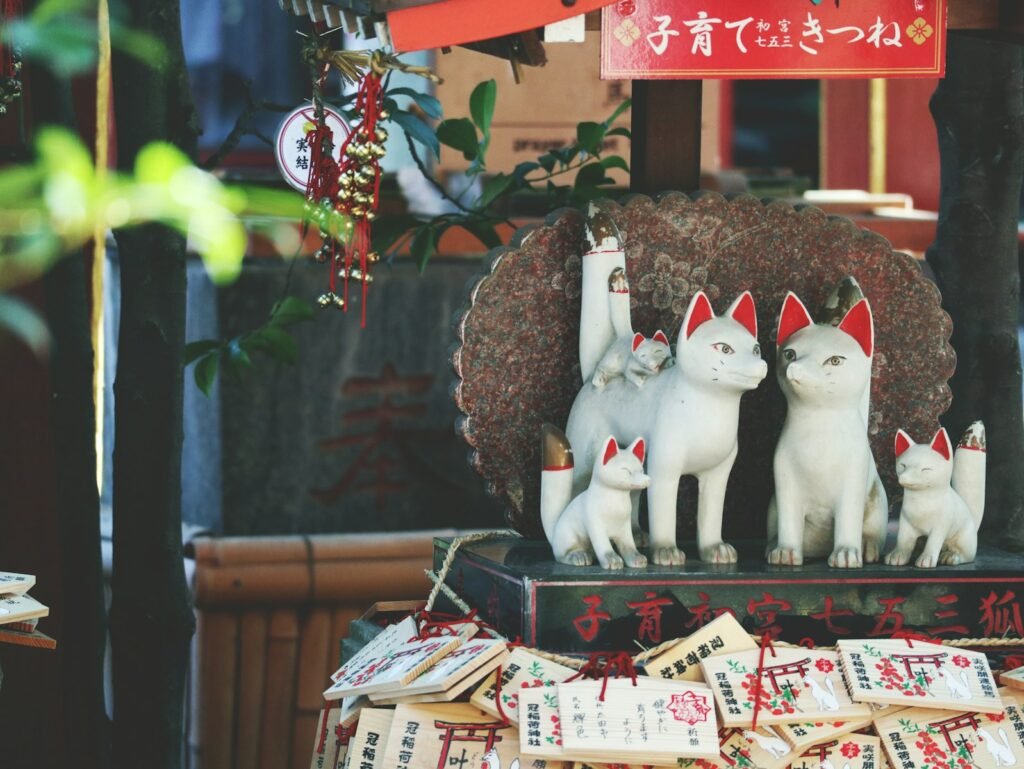
Gotokuji Temple in Tokyo is celebrated as the birthplace of the “Maneki-neko,” or the lucky cat figurines commonly found across Asia. This temple is adorned with hundreds of these iconic white cats, believed to bring good fortune to those who visit. Pilgrims and tourists flock to Gotokuji to offer or purchase these figures, contributing to the temple’s serene yet whimsical atmosphere. The site offers a fascinating intersection of spiritual practice and cultural symbolism for cat enthusiasts to explore.

Growing up traveling and experiencing new cultures and wonders, I have had a passion for nature, adventuring, photography, and videography. I am currently working towards a BSc in Biodiversity and Ecology at Stellenbosch University, and I hope to specialise in Marine Sciences one day.
Please send any feedback to Feedback@animalsaroundtheglobe.com






